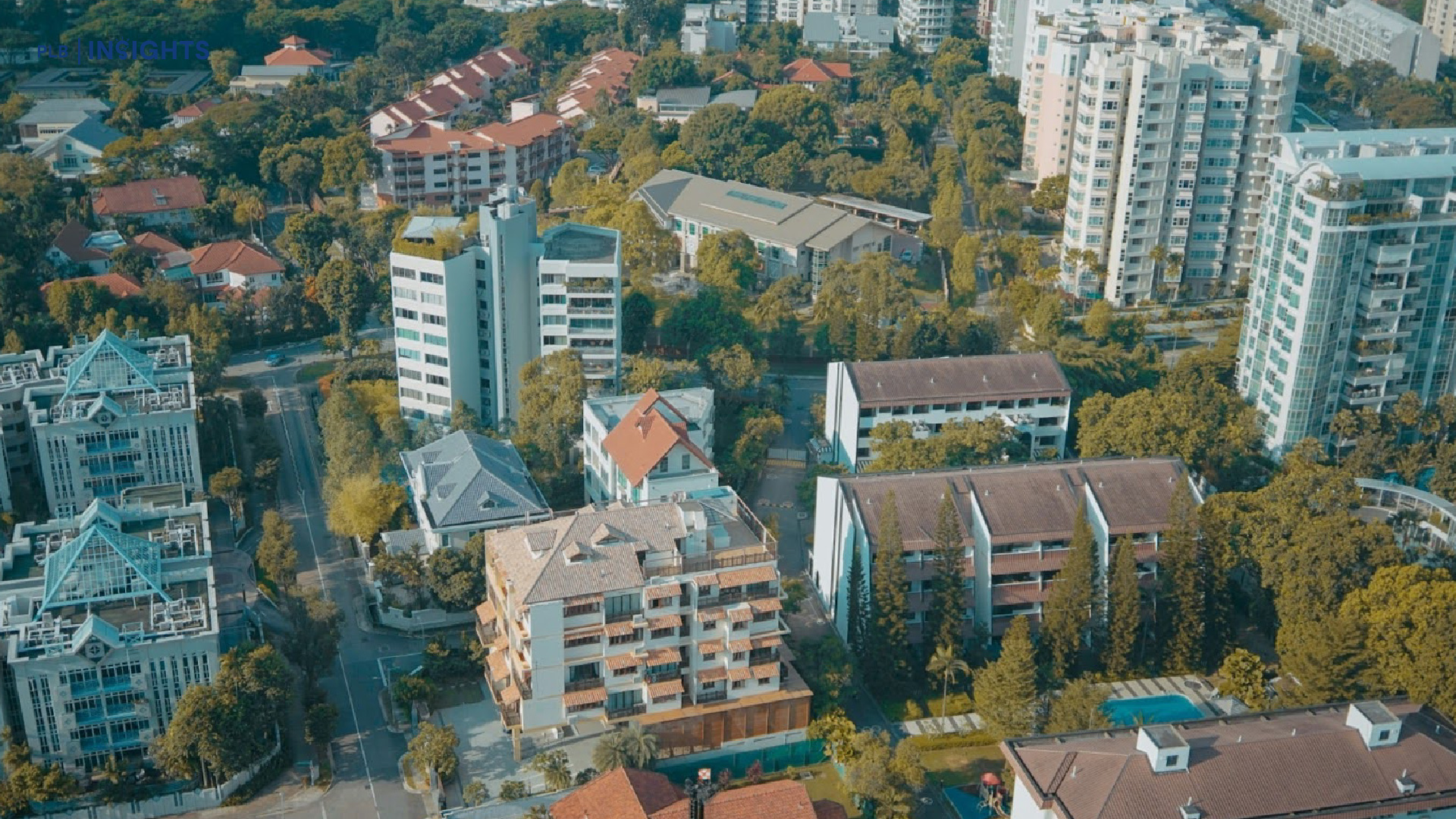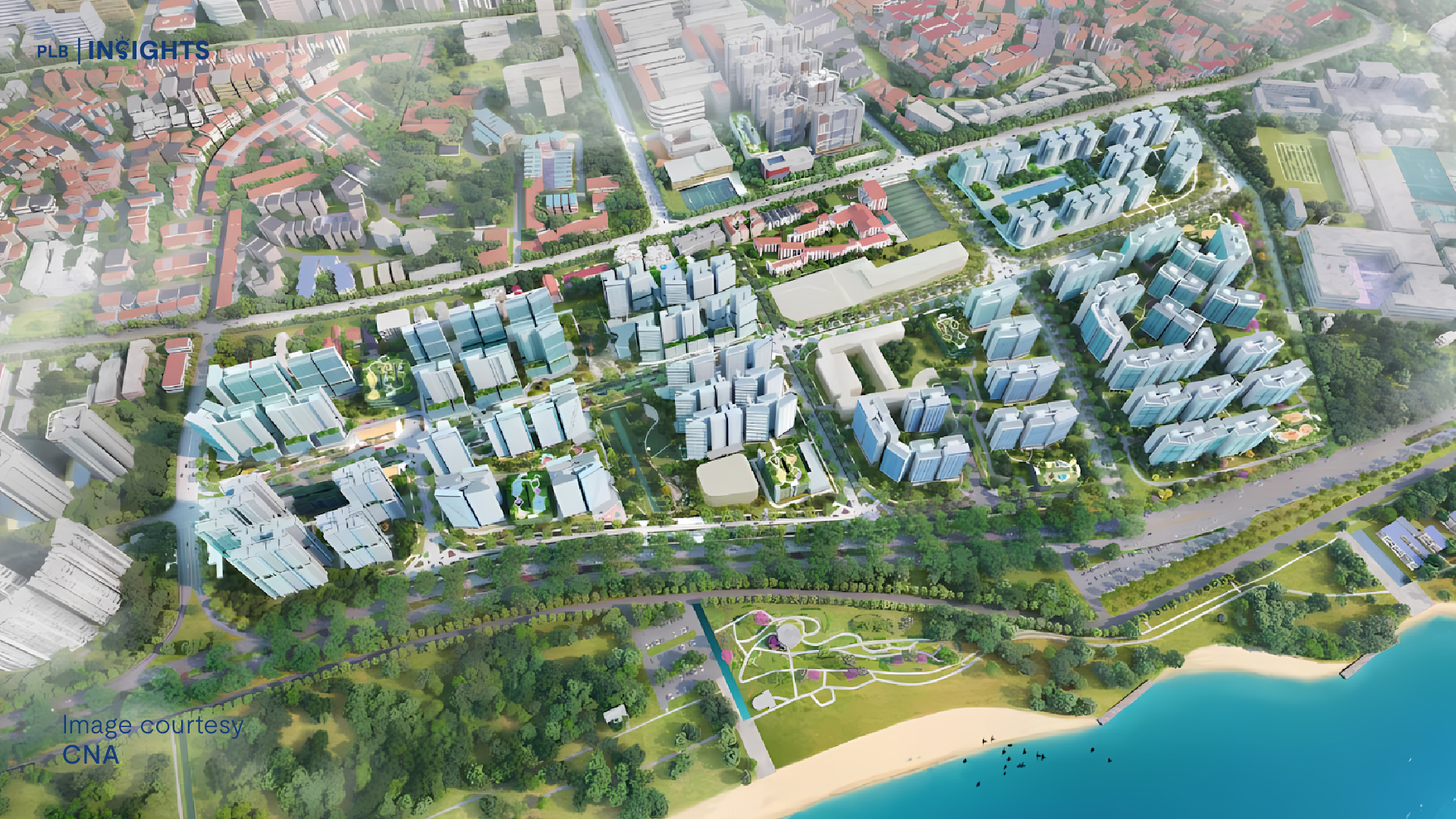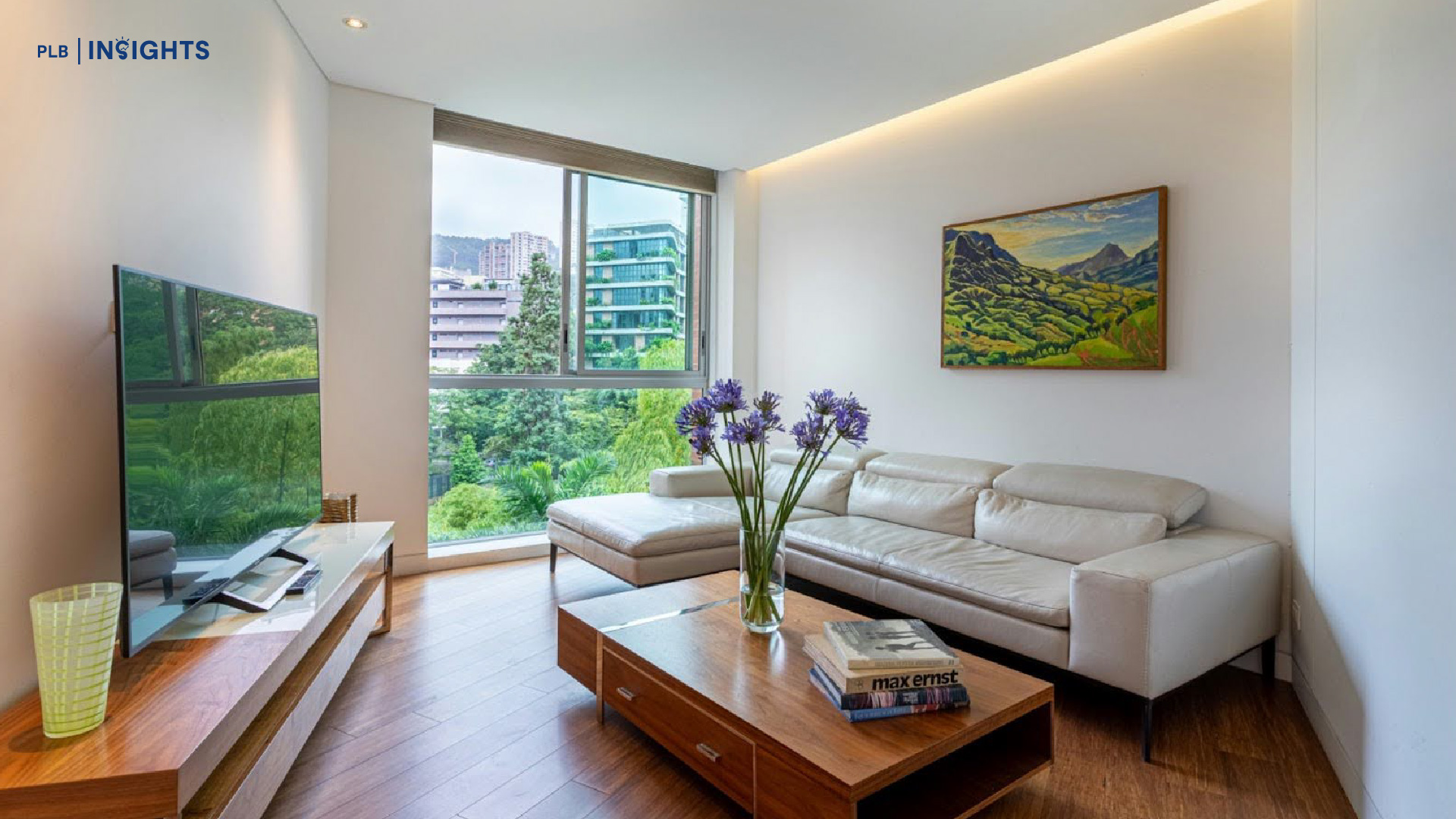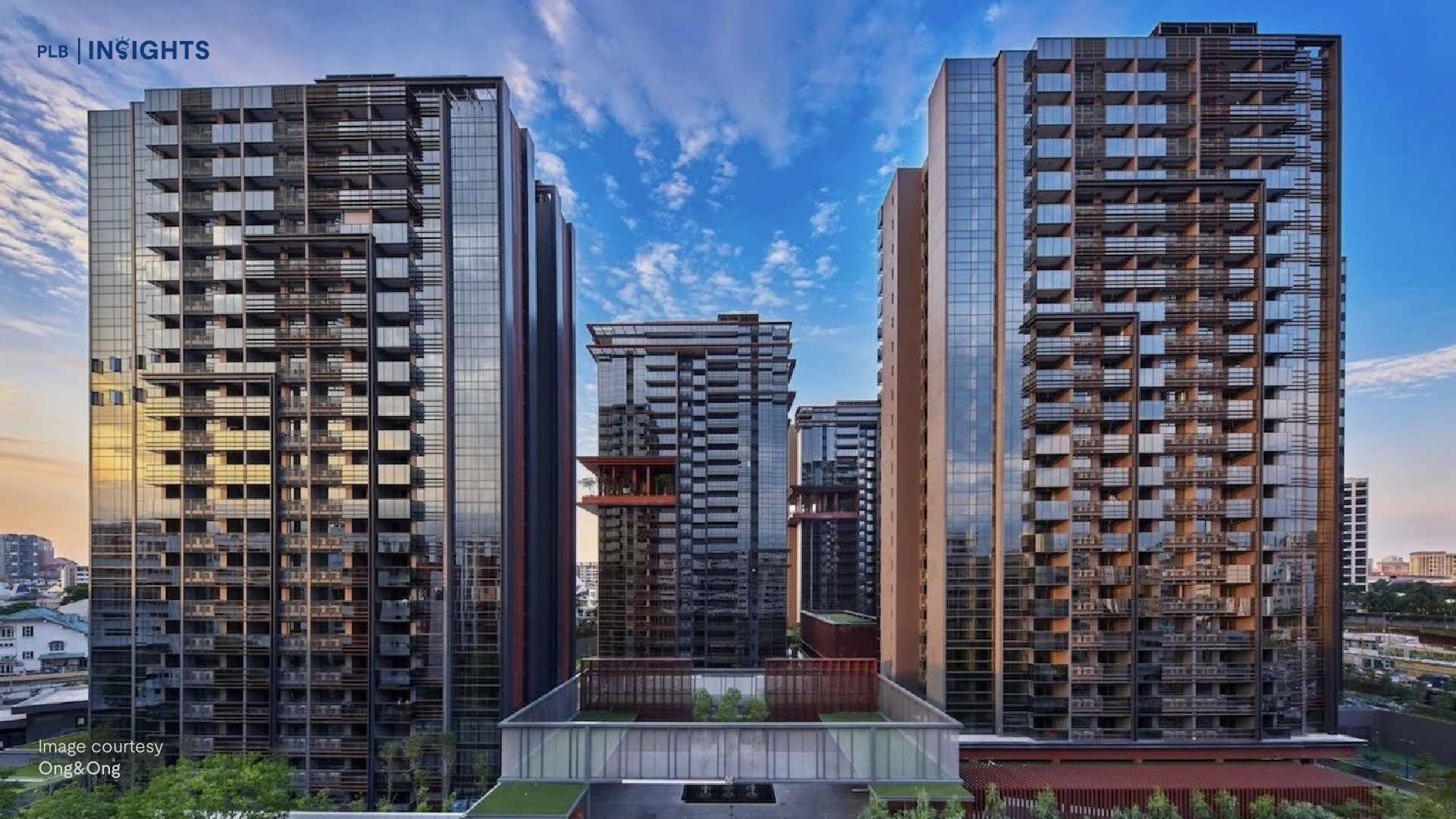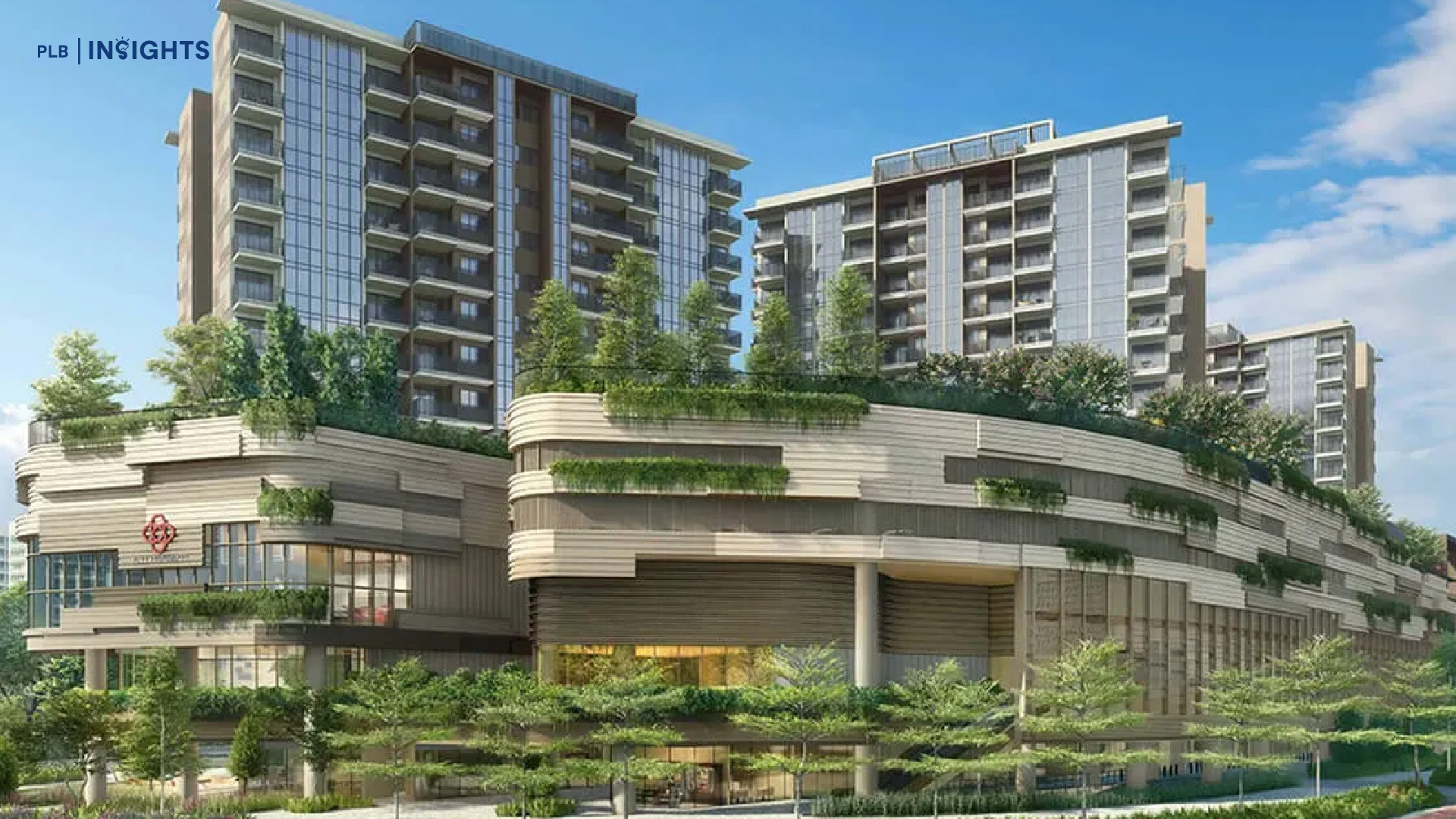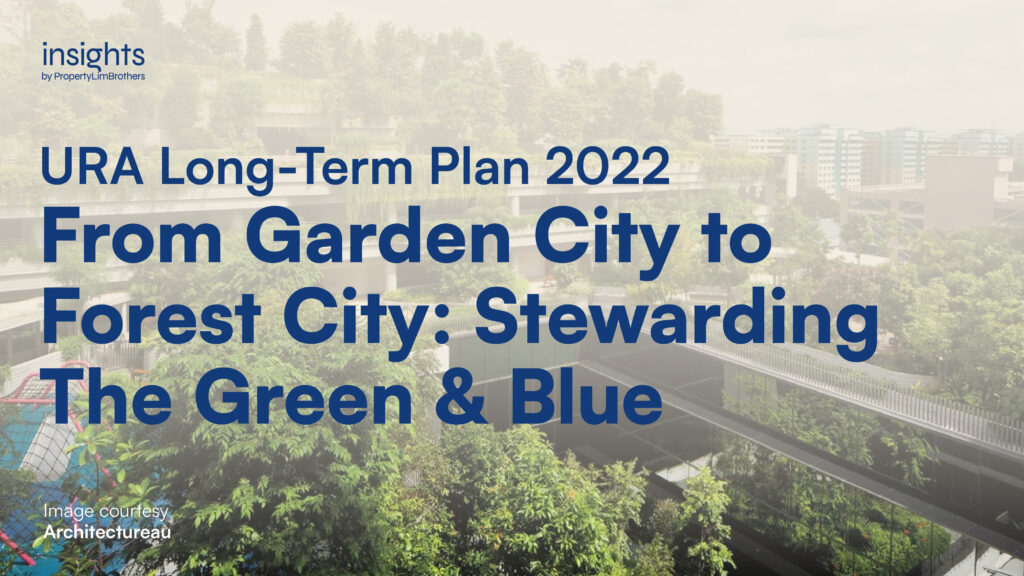
Singapore has an outstanding reputation for its curated greenery around the island. From Changi all the way to the City on the PIE, the impression is of a tropical paradise. Going above and beyond the aesthetic of green or greenwashing the city, how can Singapore be a paradise for the tropical?
The concept of stewardship revolves around caretaking and preservation. Keeping the green and blue spaces across Singapore in pristine condition, lasting generations. That is the vision put forth by the URA in its recent Long-Term Plan exhibition.
In this article, we will cover what the URA has in store for its Long-Term Plans to steward green and blue spaces across Singapore. Above the preservation of natural capital, the use of nature can also improve the well-being of residents and aid us in our journey towards climate resilience. Let’s dive deeper into what the future promises.
Preservation of Natural Capital
Singapore mostly takes a rationalist approach towards policy making. The URA and its Long-Term Plan is no exception. Being data-led and evidence-based is part of this approach. Beneath this quest for good governance, policies are ultimately motivated by the needs and wants of the people.
Social inclusion, Sustainability, and Wellbeing are core targets when it comes to improving what it is like to live in Singapore. Being a good steward of the natural environment around us is part of the journey of becoming the ideal island nation we want to become.
There have been many views on how we, as humans, relate to nature. In typical Singapore Incorporated fashion, the view of Nature as Capital or a form of resource is not surprising. More than anything it simply acknowledges how Singapore has always run things (and intends to do so in the future).
That being said, viewing nature as a capital does not preclude us from planning, building, and living sustainably. If it is a limited and precious resource, all the more so we should take good care of it and make sure the generations ahead would still be able to enjoy the benefits that nature can provide.
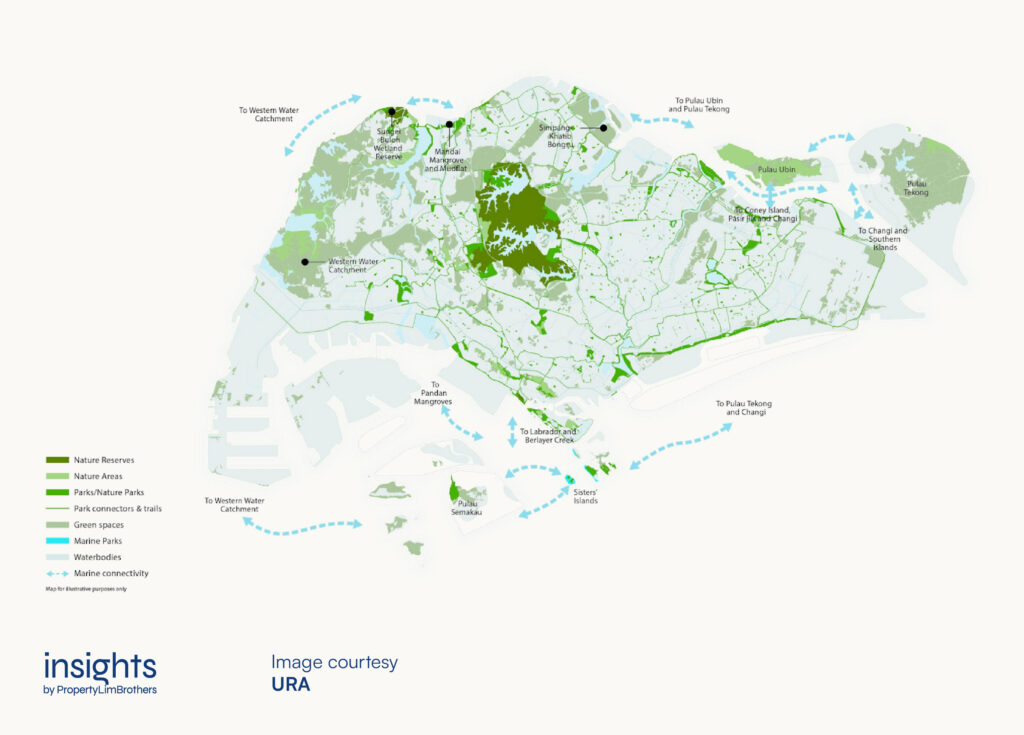
Stewarding the blue spaces around Singapore means taking care of our coastal and marine environment. From catchment areas to mangrove swamps, coastal protection and biodiversity preservation are important ways to make sure that human activities and climate change do not irreversibly damage our blue spaces.
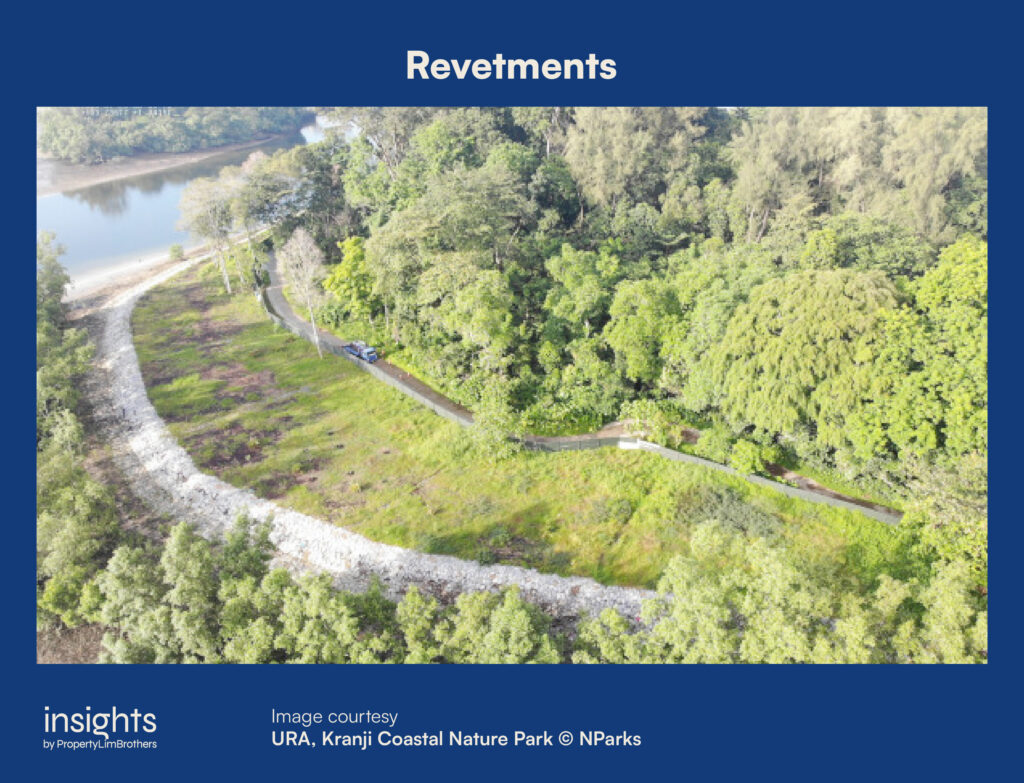
Government bodies and agents have been working tirelessly to ensure that measures are in place to preserve the blue spaces and marine wildlife as best we can. Revetments (above) that support mangrove ecosystems and biodiversity tiles (below) that support marine life, are simple examples of what has been done thus far.
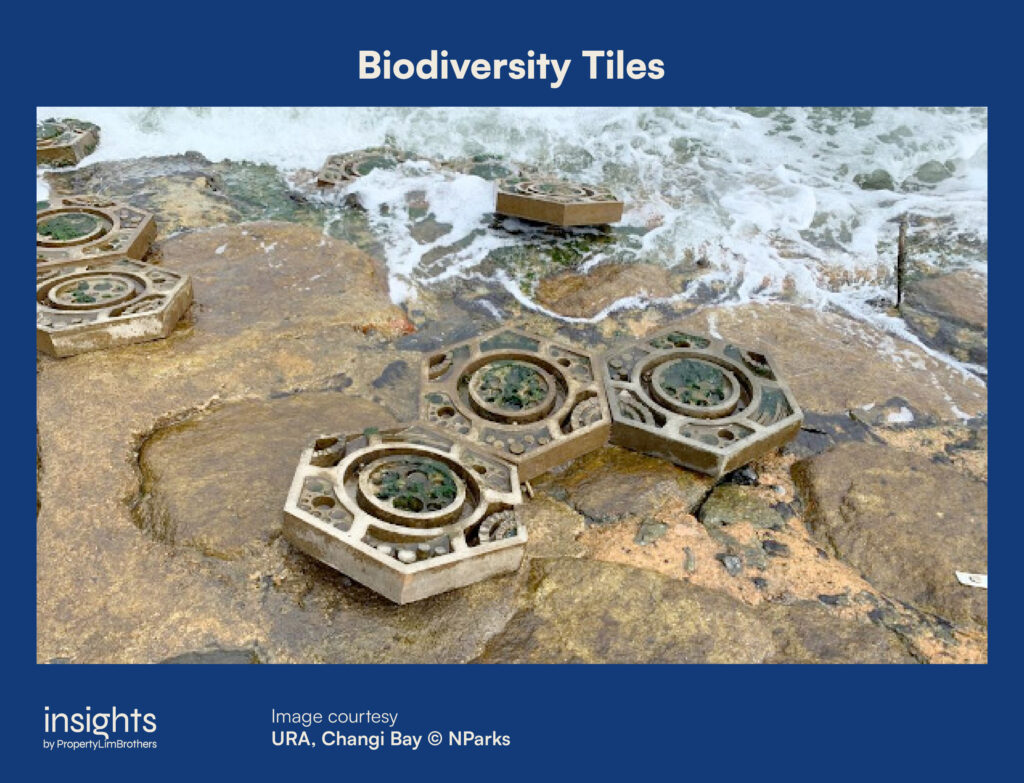
It doesn’t just stop there. In URA’s Long-Term Plan to preserve our natural capital, green spaces across Singapore are gradually being defragmented. By creating ecological corridors from one green space to the next, we help create more pathways for wildlife to move through the island. Although this will never be the same as the Sang Nila Utama days of nature, we could at least say that substantial effort has been put into aiding biodiversity while we continue to develop as a nation.
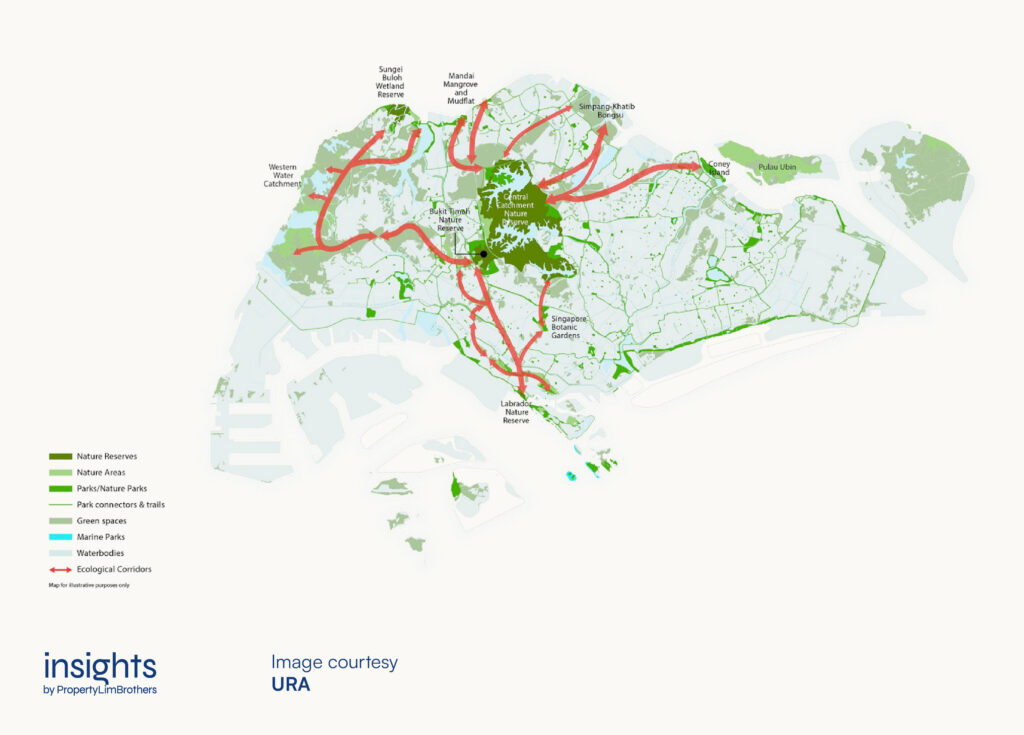
The ecological corridors are planned to link Labrador Nature Reserve, Botanic Gardens, the Western Water Catchment & Sungei Buloh Wetland Reserve through Bukit Timah Nature Reserve with the Central Catchment Area. The Mandai Mangrove Mudflats and Simpang-Khatib Bongsu are also planned to be connected with the Central Catchment Nature Reserve via ecological corridors.
It is not easy to develop a country while preserving natural capital. Often, developing countries clear land to build cities and more living spaces. Natural resources are usually converted into products or spaces for economic growth. This has been thought of as the conventional path to development.
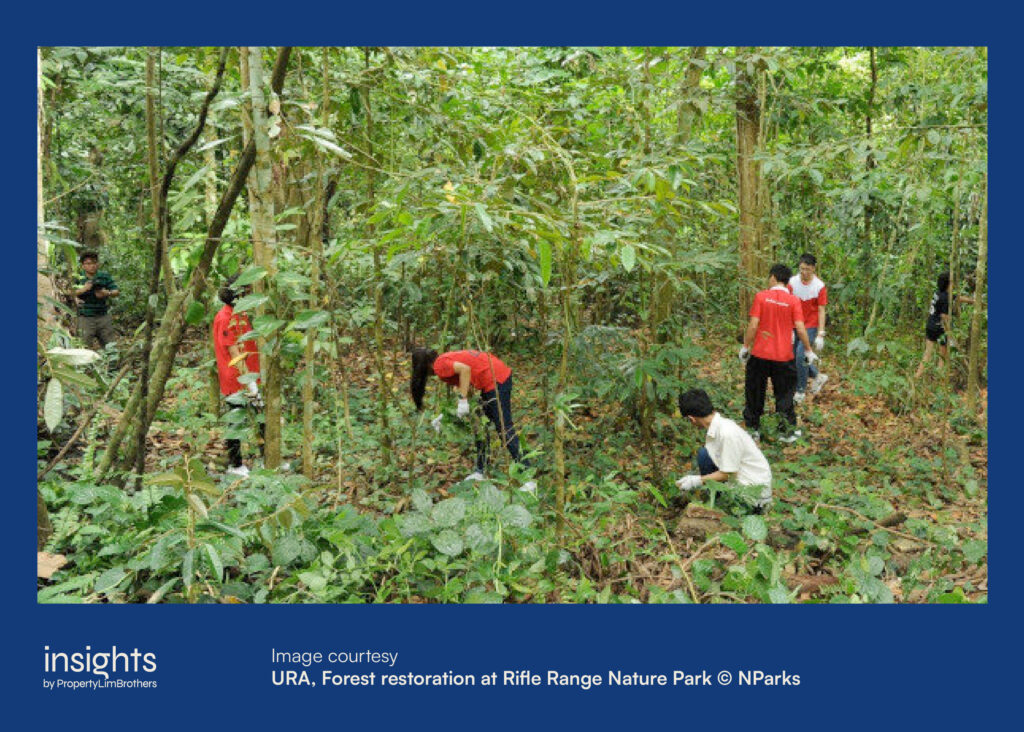
NParks have been working hard at the Forest Restoration Action Plan, which involves planting trees which help improve the soil conditions for the forest, making the green spaces more resilient. Their Species Recovery Programme also aims to help rejuvenate the population of endangered Singaporean wildlife.
Enjoying Nature, Improving Well-being
The journey to improve ecology connectivity doesn’t just stop at preserving nature. As much as we wish to create a more sustainable environment for green and blue spaces, humans are never completely removed from these areas. If anything, these spaces present great opportunities for us to enjoy nature while improving our well-being.
Fast-paced city life, such as the one in Singapore, might not be for everyone. It is undoubtedly a stressful environment for most. Under URA’s Long-Term Plan, these initiatives make for a great way to kill two birds with one stone.
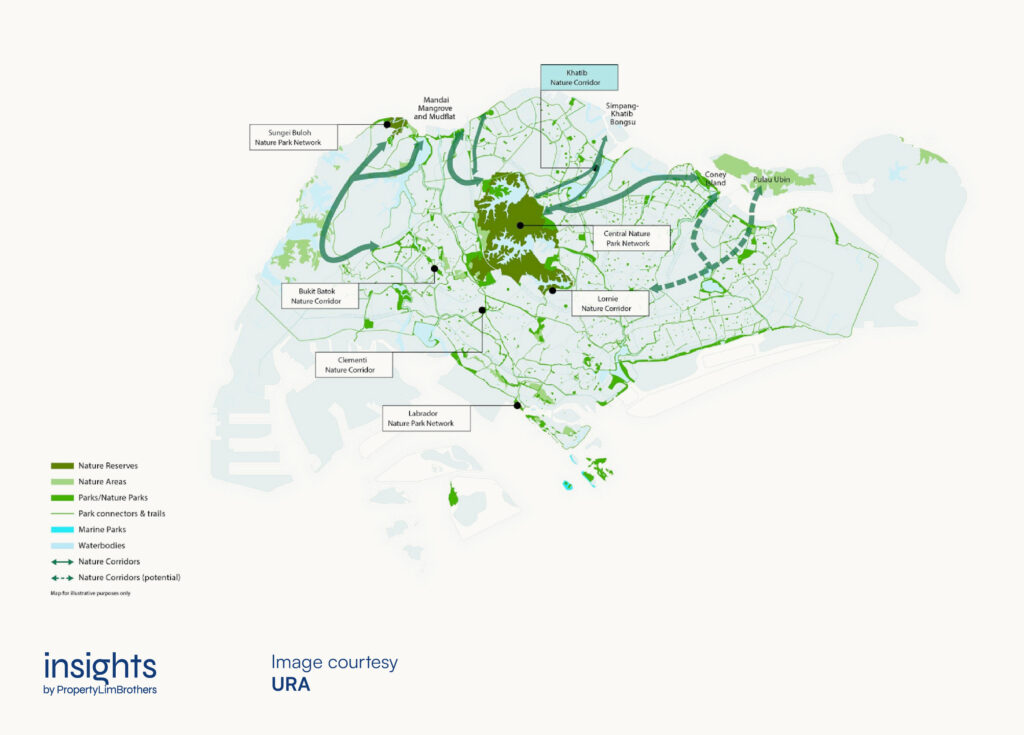
The Nature Park Networks and Nature Corridors also improve recreational connectivity across Singapore. One of the upcoming Nature Corridors identified in the URA Long-Term Plan is the Khatib Nature Corridor. New green spaces coming to this area would be Nee Soon Nature Park, Miltonia Nature Park, and the Extension of Lower Seletar Reservoir Park.

Green spaces across Singapore are well received and loved by residents across Singapore. Though we often complain about how hot and wet Singapore is, we don’t shy away from the great outdoors (at least most of us). Recollecting back to the days of the pandemic, when our parks were more crowded than the malls further, emphasises the importance of these green plots. The rail corridor has been (arguably) a great success in Singapore. Being well-connected ecologically and recreationally, has helped with its popularity. Access to Clementi Forest has also been part of the attraction for more intense nature adventurers.
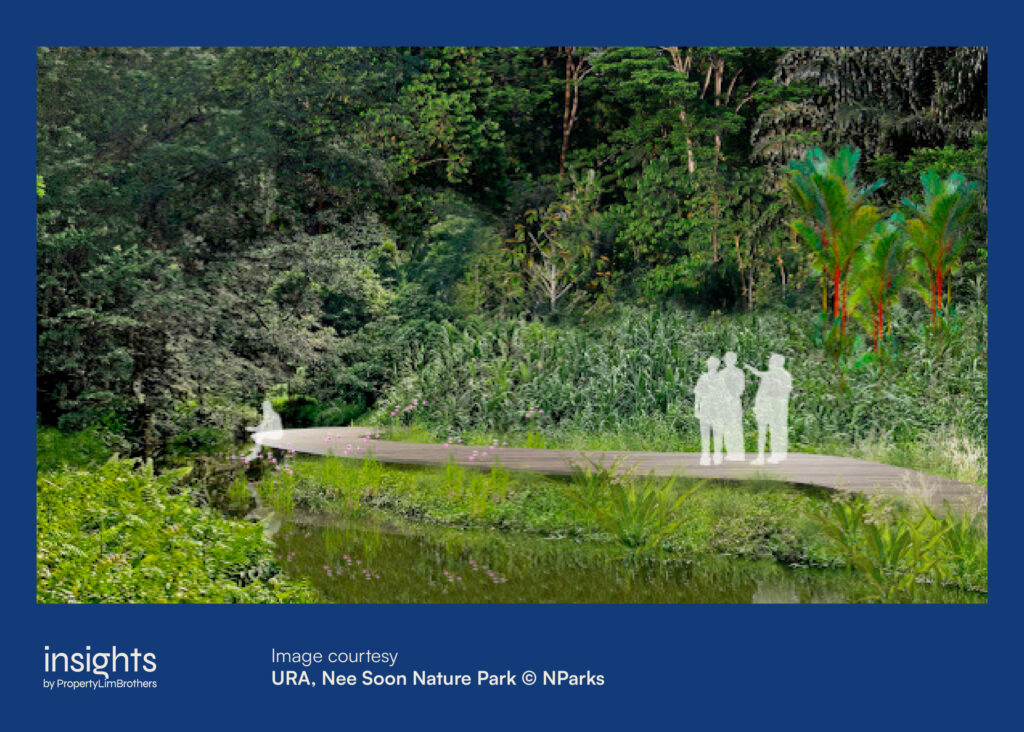
While not as intense or historically rooted as the Rail Corridor, the Khatib Corridor hopes to at least live up to its level of connectivity and greenness. In its own way, Khatib Corridor offers more options when it comes to the number of routes that stretch from the heartlands to the Corridor itself.
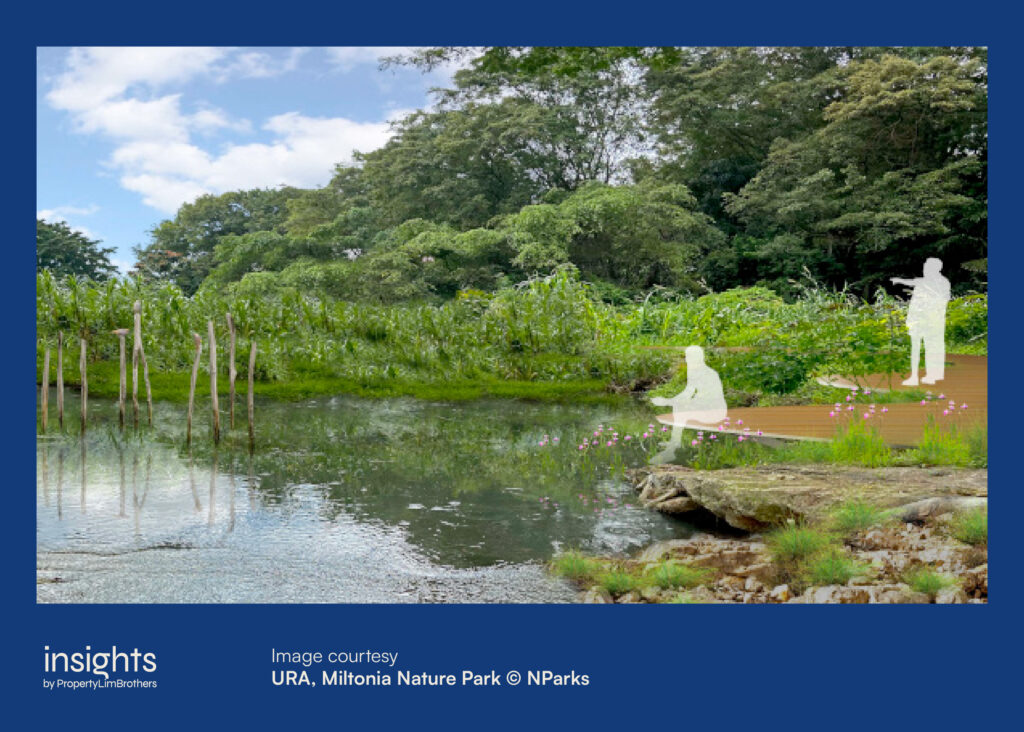
On top of developments on the recreational end of green and blue spaces, more locations across Singapore are taking up the idea of multi-functional green and blue spaces. This means integrating nature into our residential, communal, and commercial spaces. This is a great way of putting more nature around us without taking up a huge chunk of land solely for that purpose. This multi-function concept is great for a land-starved island like Singapore.
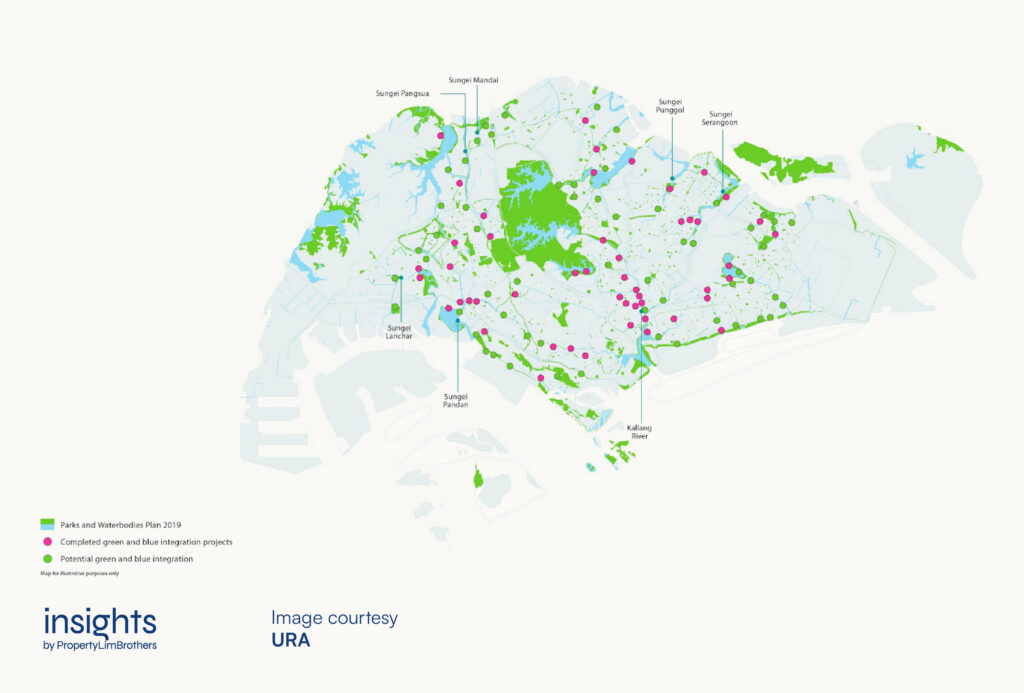
An example of this would be Kampung Admiralty. Tripling as a communal, commercial space, and green space, Kampung Admiralty integrates greenery into the structure and aesthetic of the building without being intrusive or unkempt. You might see this integration of greenery in some of our hospitals as well, such as Khoo Teck Puat Hospital.
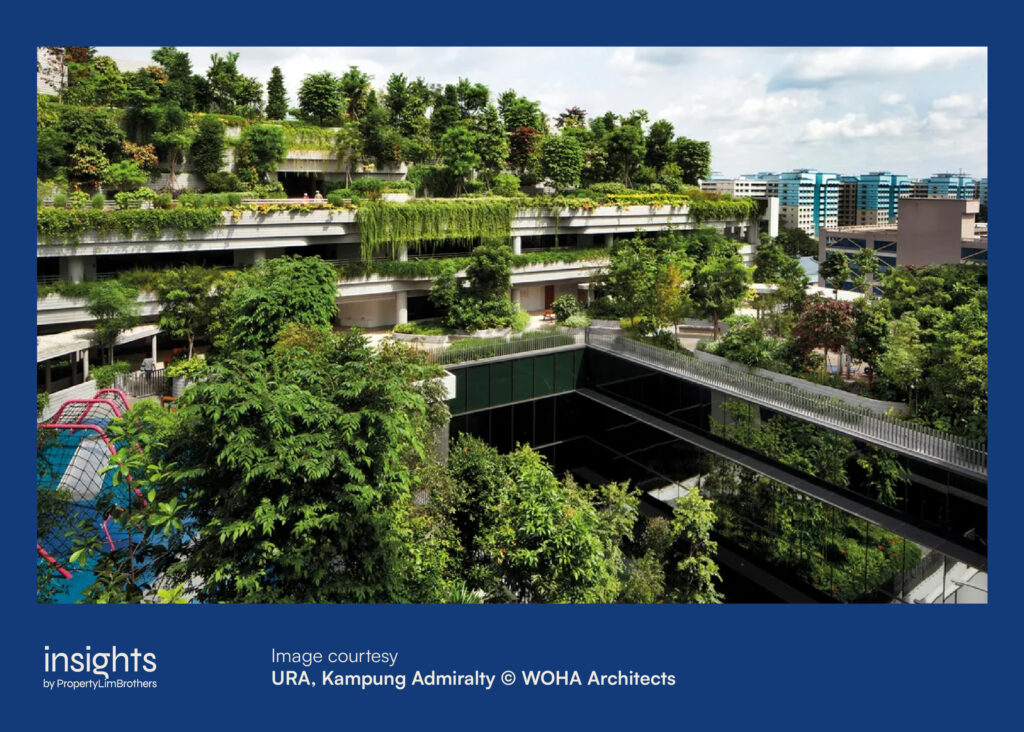
These natural spaces are a great way to detox from the digital world and reset ourselves. Having more of such natural spaces around us gives residents more options to destress and take better care of their overall well-being.
Climate Resilience
Another reason why we are taking better care of our environment is more obvious. Climate change. Preserving our green and blue spaces not only contributes to conserving biodiversity, but also enhances the recreational value of spaces across Singapore.
Coastal protection (which we mentioned earlier) is another form of Climate Resilience as it guards our shores against the impact of warming oceans and rising sea levels. Others involve more practical purposes such as cooling down our city and heartlands as global warming brings the temperature up.
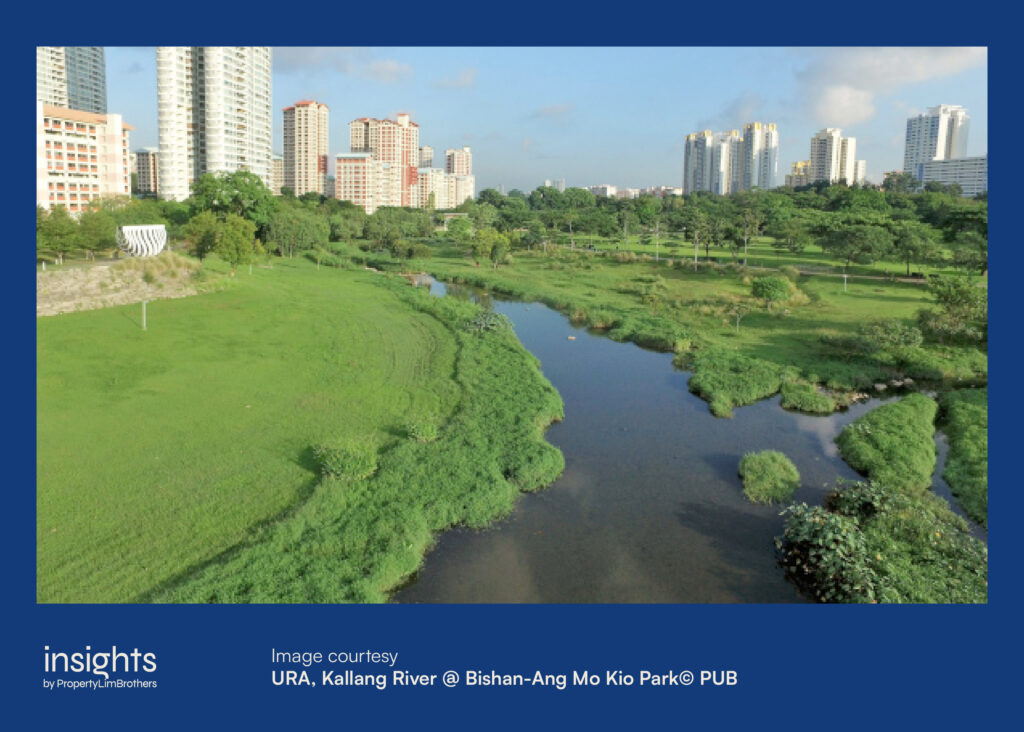
Adding more greenery is also done in an aesthetically pleasing way. The Active, Beautiful, Clean Programme is turning our monsoon canals into gorgeous streams and rivers. These man-made beauties are undoubtedly well-designed.
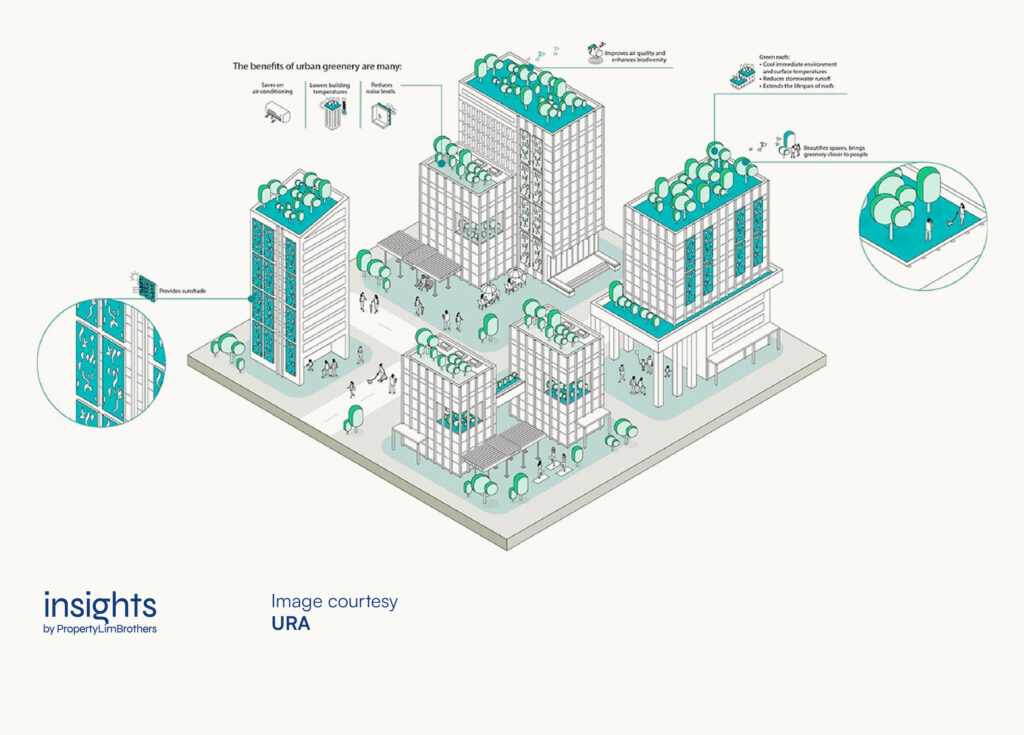
Whether you have noticed it or not, our city is gradually turning greener. Rooftops and skyscraper exteriors are integrating more and more greenery into the design. It is not simple greenwashing. These eco-designs can help to cool down our buildings and city. Eventually, less energy will be used to cool us and the building down with better (cooler) designs.
These efforts to build climate resilience are tied to Singapore’s commitment to Net Zero by 2050. Arguably, the future of real estate would be substantially influenced by this political development. Bringing the standard from looking green to being tangibly net-zero is in trend. And hopping on the bandwagon contributes to this larger national (and international) goal of reducing the severity of climate change.
Closing Thoughts
The URA Long-Term Plan turns our visions into reality. From distant futures, such plans visualise our ideal future city. And aligns ourselves with the needs that matter in the long-run. Stewarding our green and blue spaces is part of keeping the future bright and cool.
By building our climate resilience, and sustainably creating more natural spaces for recreation, Singapore is preparing itself for the future. These Long-Term Plans are part of the process of turning this ideal future into a reality for residents.


